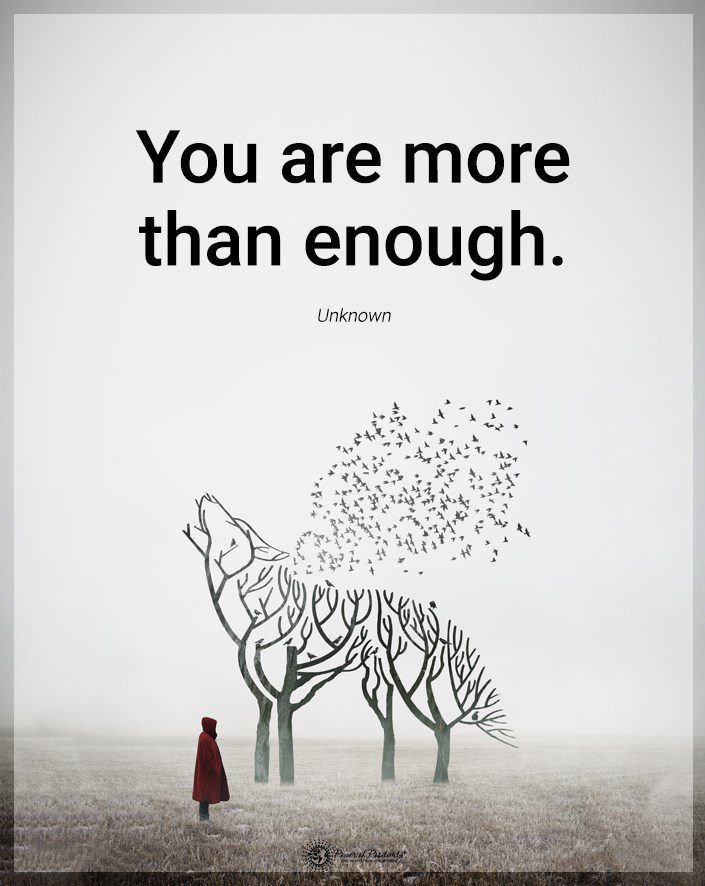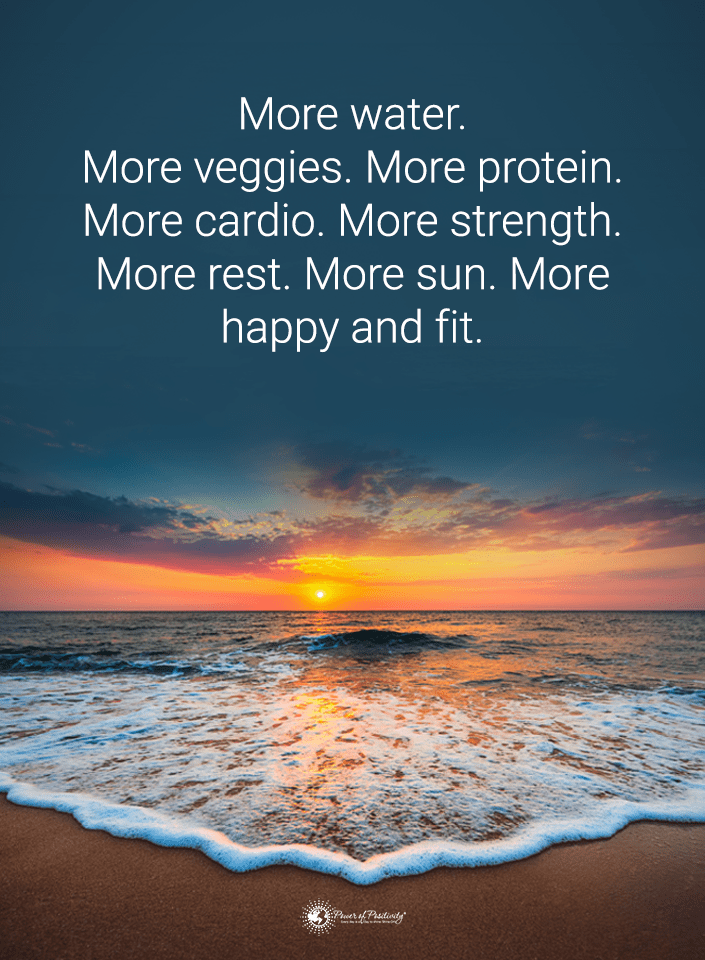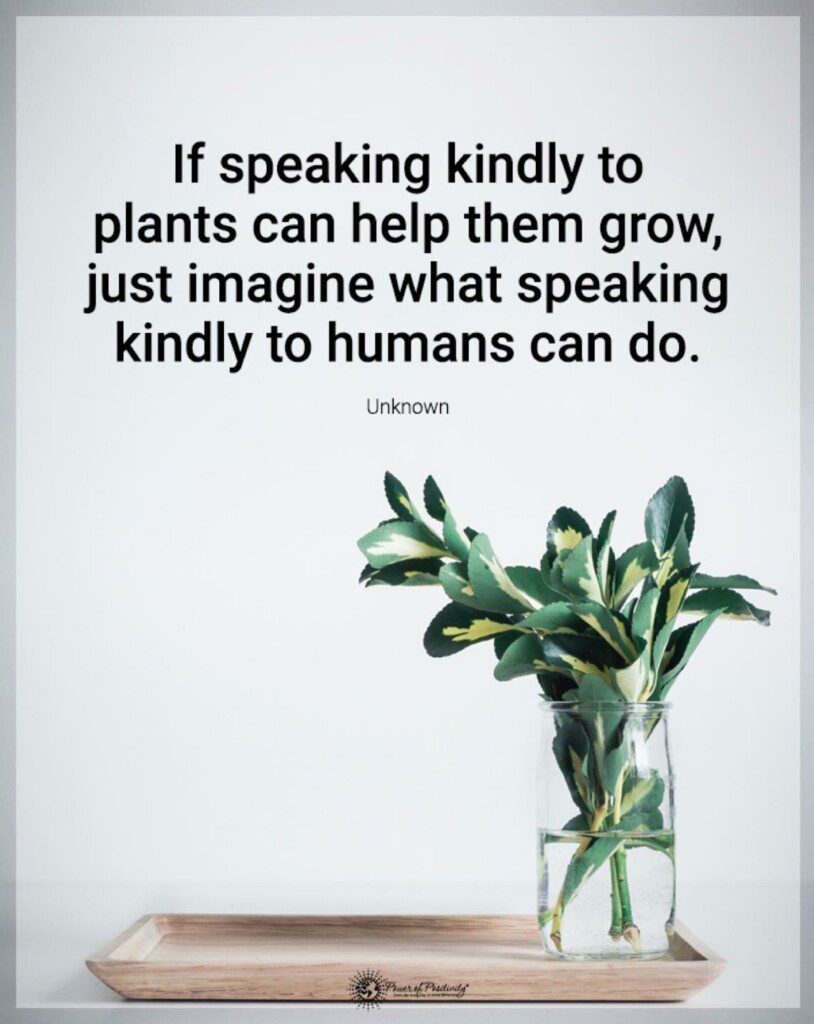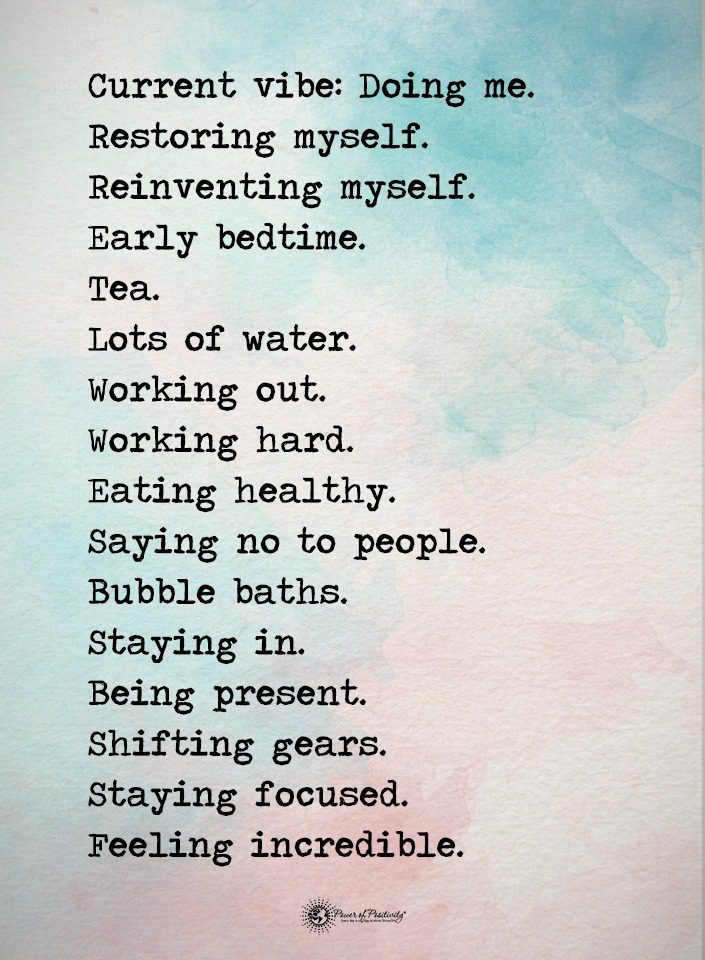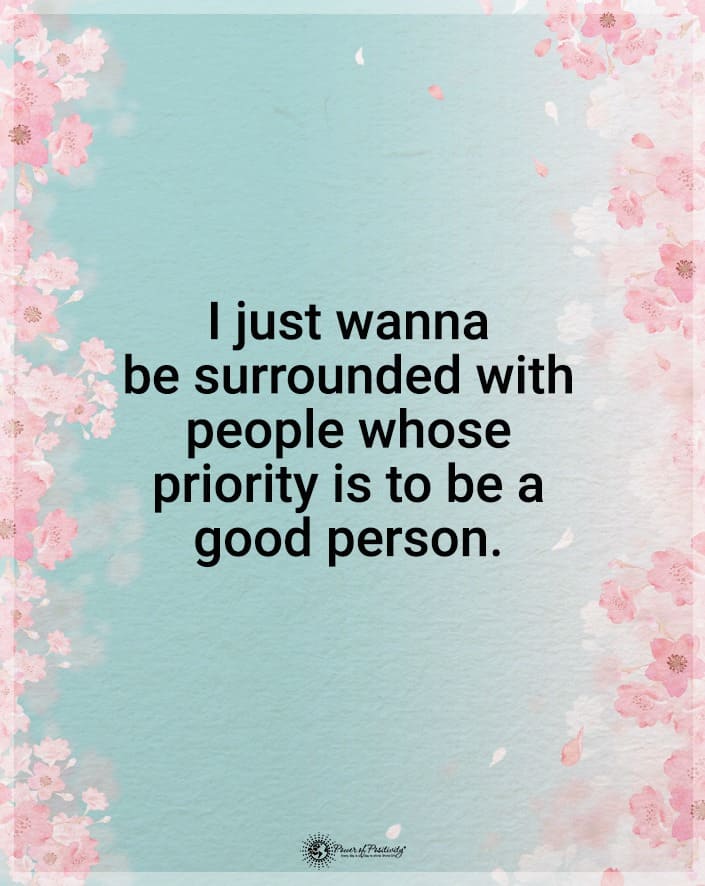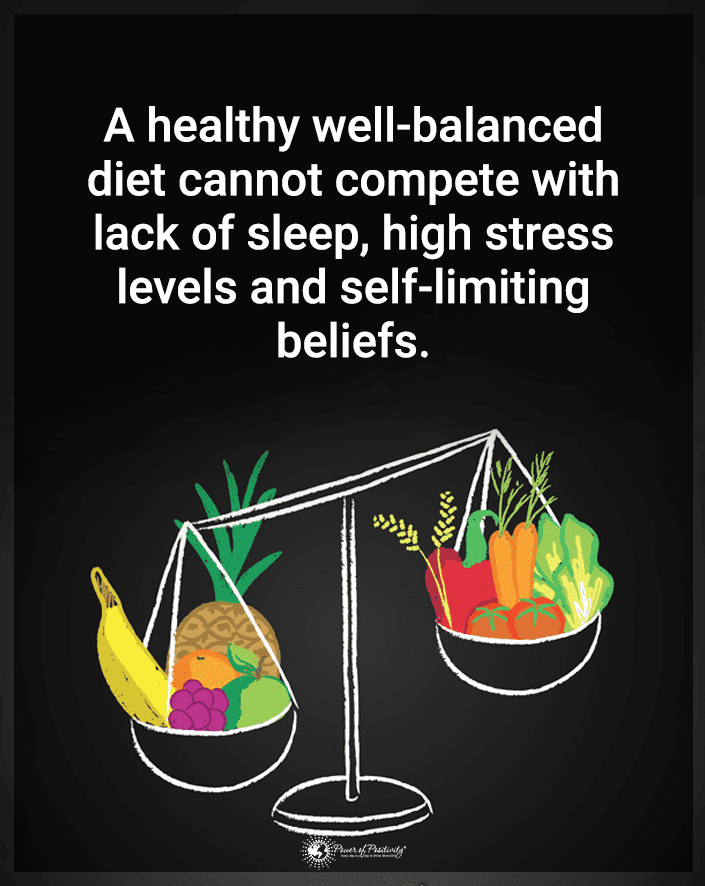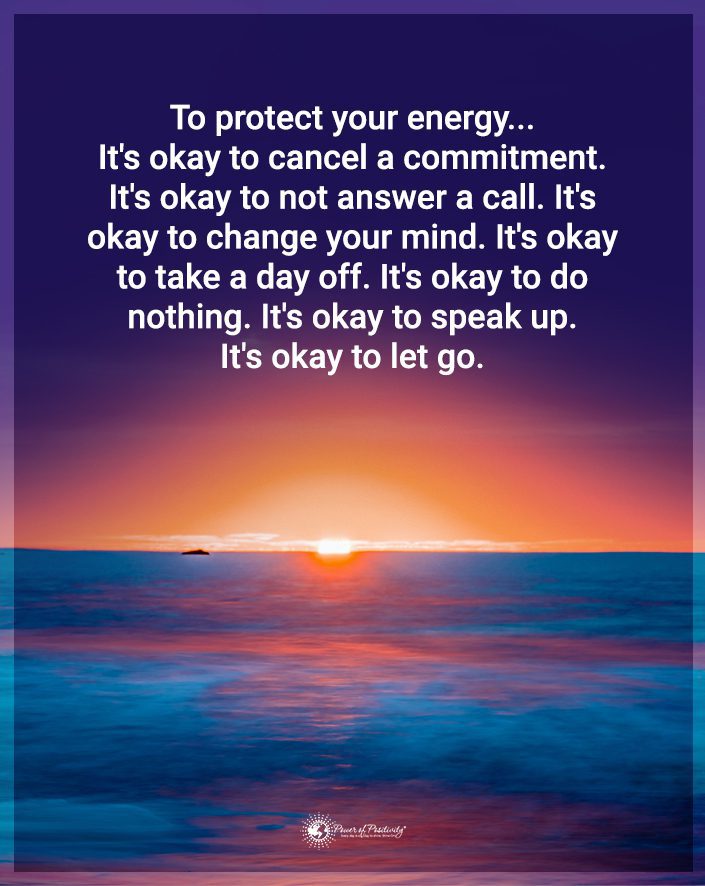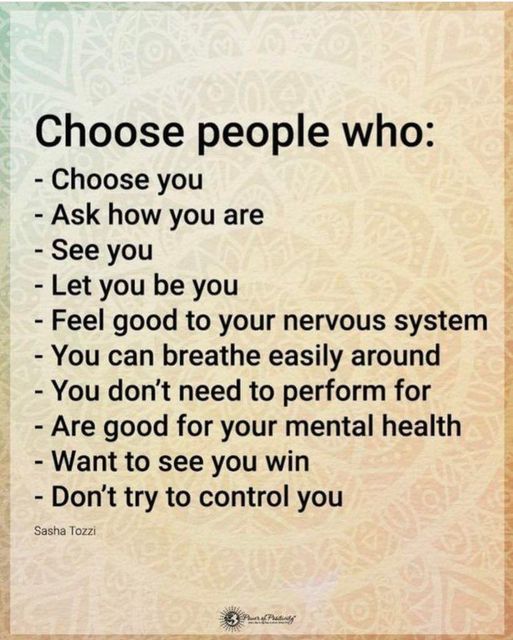New York State lawmakers got some big tail wags in June of 2022. That was when legislators voted to pass the Puppy Mill Pipeline Bill. If Governor Kathy Hochul votes this bill into law, pet stores in New York will be banned from selling canine companions. Right now, many out-of-state puppy mills send their puppies to New York pet stores. These pet stores sell them to the public as healthy puppies from reliable breeders. These lawmakers have taken steps to end these abusive practices by passing this recent bill to end all puppy mills in their state.
What is a puppy mill?
A puppy farm or puppy mill is a dog breeding commercial facility. They’re known for their poor conditions and quick breeding methods. The term puppy mill came into the vernacular in 1984. The fundamental characteristics of a puppy mill include:
- Confined to cages for months
- Haphazard breeding
- Bad environment
- Bad animal husbandry
- Little veterinary care
- Emphasis on creating lots of puppies
- Little exercise or grooming
Disease and overcrowding cause puppies to experience malnutrition, respiratory infection, fleas, heartworms, and digestive problems.
How many puppy mills are there in the United States?
According to the Humane Society of the United States, there are 10,000 licensed and unlicensed puppy mills in the United States. According to the same site, about 847,000 puppies are produced by licensed puppy mills yearly.
Abuse of dogs
Lawmakers praised the passing of the State Senate Bill S1130, prohibiting the sale of dogs, rabbits, and cats by all retail pet shops. They hope puppy abuse by breeders ends with the passing of this bill. Instead, they encourage dog adoption from reputable rescue shelters. Bill co-sponsors were Senator Michael Gianaris (D-Queens) and Assemblywoman Linda Rosenthal (D.-Manhattan). New York Governor Kathy Hochul will give her final approval.
The decline of dogs sold in pet stores
If you see puppies for sale at a pet store, understand they’re from commercial breeding operations. These puppy mill facilities focus on their profit rather than the welfare of the canines. There’s a general decline in pet sales in the United States because of the shifting legislation regarding pet store sales and an increase in the public’s awareness about puppy mills. Even though some puppy mills hold USDA licenses, standards don’t guarantee humane treatment for dogs or responsible breeding practices.
One facility may have hundreds of dogs in one cage for their entire life just for breeding purposes. The goal of puppy mills is to produce lots of puppies as fast as possible to sell to pet stores. It’s guaranteed that any pet store with puppies for sale obtained them from a puppy mill.
Support grows for bans on puppy mills.
The Puppy Mill Pipeline Bill received the support of animal welfare groups like these:
- Companion Animal Protection Society
- New York City Bar Association’s Animal Law Committee
- New York State Animal Protection Federation
- Humane Society of the United States
- American Society for the Prevention of Cruelty to Animals
- Voters For Animal Rights
- Animal Legal Defense Fund
Assemblywoman Linda B. Rosenthal introduced the bill, saying she hoped it would cause a death blow to the puppy mill practices. She says those cute canines you see in the pet stores have experienced abuse and disease and cost unsuspecting buyers thousands of dollars in veterinary fees.
New York isn’t the only state taking action against puppy mills. 2017 California passed a law against selling commercially bred dogs in pet stores. Many towns, cities, and villages across the United States have rules against selling animals in pet stores. By banning puppy mills, states encourage people to adopt their pets. Today there is overcrowding in pet shelters. According to the ASPCA, around 6.3 million animals go into animal shelters annually.
Of these, 3.1 are dogs. Every year, and despite their best efforts, shelters euthanize 400,000 dogs. The good news is that dog adoptions are up because states encourage people to adopt. This is easing overcrowding in shelters and giving dogs homes.
How do you know if you’re ready to adopt a dog?
Are you considering adopting a dog? Great choice! Dogs aren’t just great companions. They improve your health. Owning a pet lowers cortisol levels and blood pressure and helps you manage stress.
Millions of canine companions are available for adoption in shelters that need a good home. But, before you adopt a dog, are you ready to be a doggie parent? Here are some things to consider before you adopt a dog.

Do you know the cost of owning a canine?
Dogs need medical care, grooming, bedding, food, leashes, and toys. On average, you’ll pay these costs every year for your dog. The average price of a dog varies depending upon where you live, what breed of dog, the dog’s age, and health condition. Generally, you can expect to pay around $3000 a year. Initial expenses when you adopt a dog include:
- Adoption costs: Adopting from a shelter may cost up to $500 or more (purebred animals are more expensive).
- Supplies (bowls, kennel, bed, collars, leashes, toys, and dog tags) $50 to $300
- Preventive medicines such as flea and tick and heartworm medicine $200
- Vaccinations: $50 to $350
- Spaying or neutering: $20 to $250
- Microchips: $50
- Licensing: $10 to $20
Have you found a veterinarian?
The shelter may have some medical records for the dog you adopt, but you must arrange an appointment with a local veterinarian. It would be best to ensure your dog is healthy and ready to be taken home.
Do you have time for a canine companion?
Life is busy. Who will walk your dog if your day is filled with errands, running your kids to soccer, grocery shopping, and meeting friends for dinner? Dogs need training, playtime, and exercise. Some breeds need socialization to adjust. If you travel for your job or you’re busy with the kids, you may not have time to include a dog in your life right now.
How do you pick a dog from a shelter?
Someone said getting a dog from a rescue shelter is like shopping at a thrift store. These dogs have been in another person’s home. It’s good to remember they might carry some trauma. A rescue dog has baggage, some good, some not so good. That they ended up in a shelter signifies something broken in their past. Maybe their owner died, or the owner didn’t like the dog’s all-night howling. Adopting a dog from a shelter is a bit of a crap shoot, but it’s worthwhile. If you do your homework and keep your expectations in the proper place, there is a good chance you’ll get a wonderful pet. Here are some suggestions on how to pick a dog from a shelter.
Choose a good shelter
There are different animal rescue facilities: public shelters, privately owned rescue organizations, or one type of breed facility. Do your homework on those closest to you. Visit the facility once or twice to familiarize yourself with the staff and how they run it. Ask yourself some questions:
- Is the facility clean?
- Do they interact with the animals?
- Do you know the dog’s medical information?
- Does it seem poorly run?
- Do they post online? Are there good reviews about the place and the animals?
Know what you want and don’t want
When you look at dogs at a rescue site or visit a shelter with dogs online, you’ll want to bring them all home. Don’t be led by your heart. Study breeds and mixed breeds. Understand the energy levels, socialization, and protectiveness dogs species can possess. Choose a dog that fits your living arrangement. Putting a high-energy Dalmatian in a tiny studio apartment wouldn’t be kind. But a Yorkie might be the perfect breed for this living space.
Understand canine body language
Even the cutest little dog can give off bad vibes. Learn to read the dog’s body language. Ask yourself these questions.
- Is this dog friendly?
- Do they act fearful?
- Do they come over to play with you?
- Are they calm or jittery?
- Is their tail wagging or lowered?
- Do they show anxiety or like they’re in pain?
Talk to the staff and volunteers about the dogs. Watch how they interact with the dog. Are they hesitant? Too quick or rough?
Final thoughts on New York’s ban on puppy mills
New York State lawmaker’s Puppy Mill Pipeline Bill is an excellent first step towards closing down puppy mills that supply dogs to pet stores. If the bill passes, New York State will be an example for other states to follow suit to ban puppy mills from sending canines to pet stores. This will stop the untruthful practice of selling puppies to the public, claiming they’re healthy and well-bred. Bravo to these lawmakers who took steps to end puppy mills’ abusive practices.


